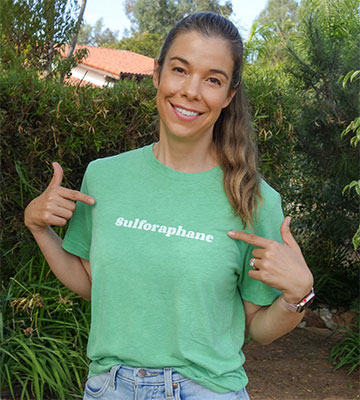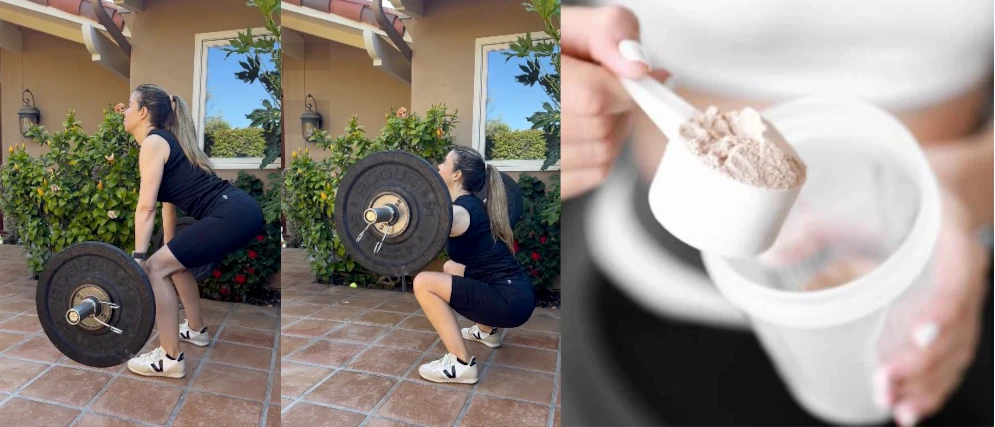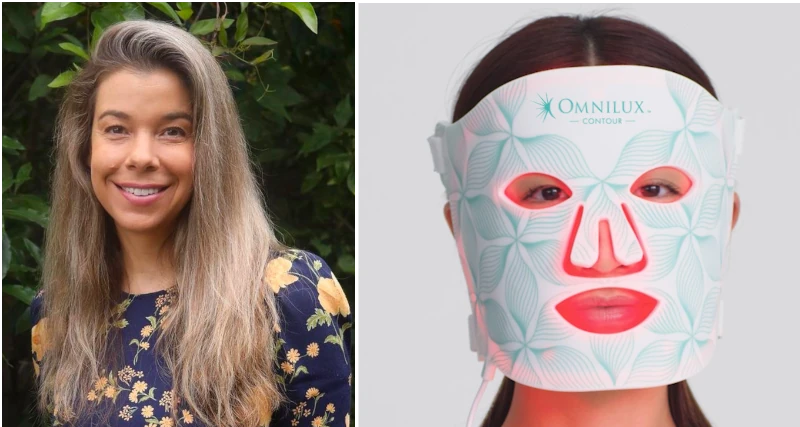With the fear and panic of Covid fortunately behind us, I wanted to create an archive of the supplement regimen Rhonda used during Covid.
(For Rhonda’s current supplement regimen, see this post)
Back in Rhonda’s March 2020 Q&A she had switched her whole supplement routine up to focus on immune support.
Covid was still new then, and she was “throwing the kitchen sink” at it.
As the perceived threat decreased, she eased off many of them, but continued taking 2; high-dose vitamin C and Quercetin.
The full list of Rhonda’s early 2020 supplements for immune support, with Covid in mind was:
- Vitamin C – 1-2 grams, 4x per day
- Quercetin– 250 mg/daily
- Zinc – 15mg/daily (on top of the 25mg in her multivitamin)
- N-acetyl L-cysteine (NAC) – 1200 mg/daily
- Liposomal Glutathione – 500 mg/daily
- Sulforaphane – via Prostaphane and Moringa

In this post I don’t go into detail on all of these supplements, but I’ve included some info on vitamin C and Quercetine.
This is because (along with things like Zinc and Selenium) these two are particularly relevant for fighting viral infections going forward.
Vitamin C
With immune function in mind, Rhonda did a deep dive into the literature on vitamin C – producing a large Vitamin-C topic page on her site.
Her research began with some skepticism, but after pouring through the data, she became convinced it’s benefits are appreciable.
Rhonda spoke at length about vitamin C supplementation at 59mins 10secs of her March 7 Q&A for crowd sponsors.

In terms of which form to take, Rhonda was taking it as regular ascorbic acid. She hasn’t seen any convincing evidence that it needs to be taken alongside flavonoids or in a liposomal form. Not to mention the liposomal form is significantly more expensive.
Rhonda hasn’t specified which brand of vitamin C she favors, but typically she opts for brands like Thorne – Ascorbic Acid or Pure Encapsulations – Ascorbic Acid. Both have 1g (1,000mg) per capsule.
Rhonda’s Dosage: 0.5-1 gram intermittently in evenings

Quercetin
Quercetin is a naturally occurring plant polyphenol, found in small quantities in foods such as capers, cilantro, kale and more (see list).
Rhonda is particularly interested in quercetin for the research suggesting it may act as a “zinc ionophore” – helping to get zinc into cells, which can be otherwise hard. This relates to the idea that zinc may inhibit viral replication1Zinc ions inhibit replication of rhinoviruses – Butterworth et al. (1974)2Zinc is a negative regulator of hepatitis C virus RNA replication – Mori et al. (2006).
“Ionophores”, by the way, are substances which can transport particular ions across a lipid membrane in a cell.
Rhonda was supplementing 250 mg per dose. She didn’t mention which specific brand she is using, but typically she opts for brands like Pure Encapsulations – Quercetin or Thorne Research – Quercetin.
Rhonda’s Dosage: 250 mg intermittently

On the subject of quercetin, Rhonda has also taken up drinking Buckwheat Tea, which contains quercetin in small amounts.
In addition to being a zinc ionophore, quercetin also has senolytic properties, which Rhonda talks about more on Instagram here (senolytics are compounds that can remove senescent cells).
If you’re new to Buckwheat tea, and would like to try it, you’d be looking for a roasted blend (rather than raw) which brings out more flavor.

Roundup
Above we’ve covered the supplements that Rhonda took at the peak of Covid in early 2020.
If you’ve any questions or comments, please leave them below.
References
- 1Zinc ions inhibit replication of rhinoviruses – Butterworth et al. (1974)
- 2Zinc is a negative regulator of hepatitis C virus RNA replication – Mori et al. (2006)


